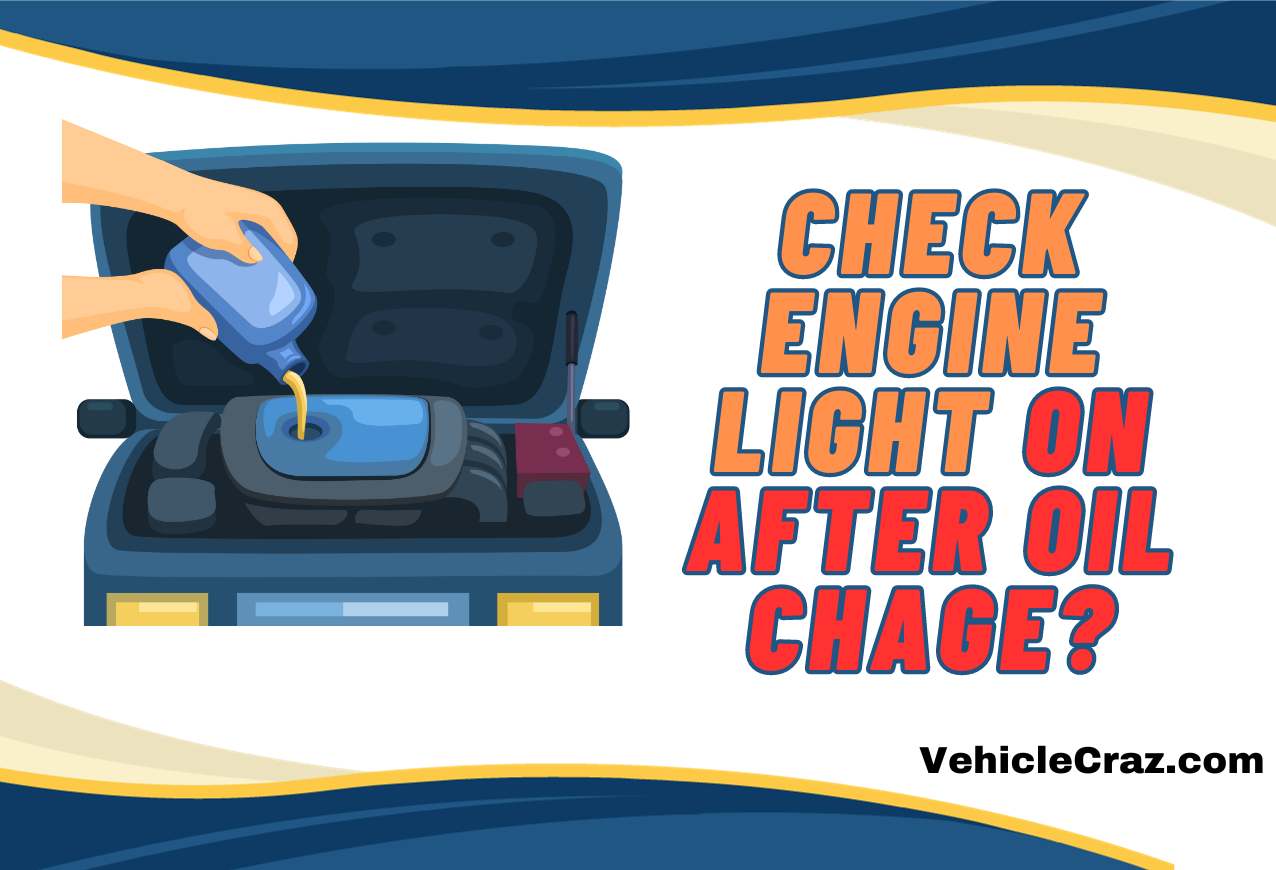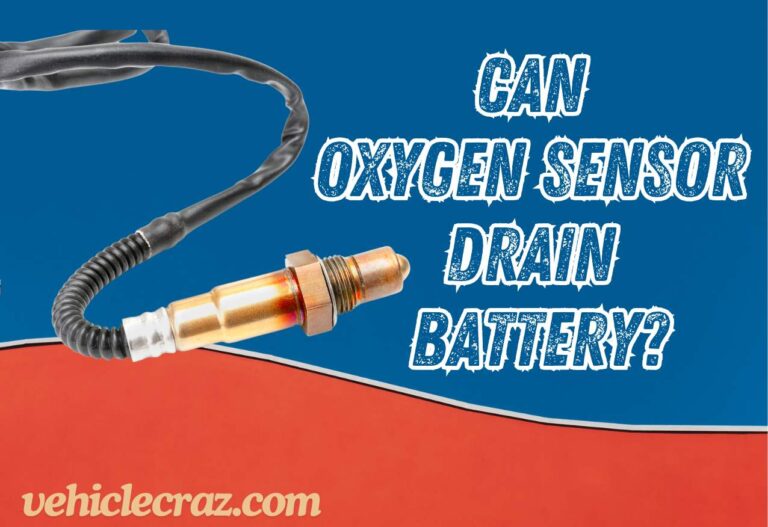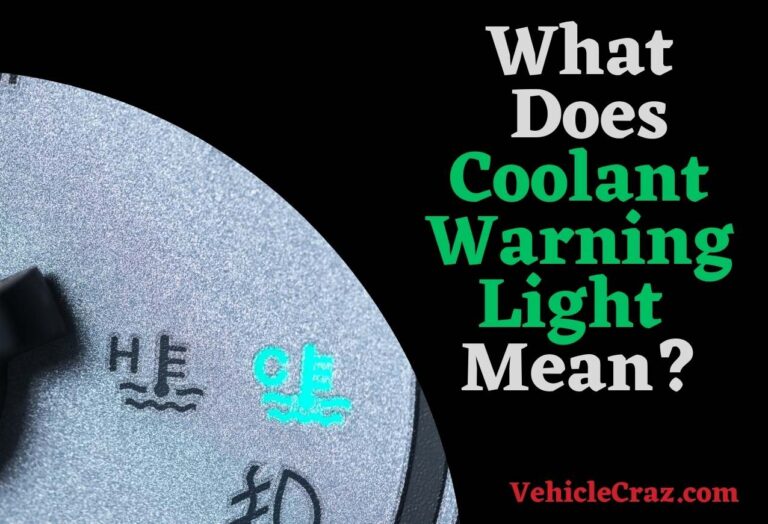Check Engine Light on After Oil Change? 15 Reasons
The check engine light on the dashboard is never a pleasant sight. It becomes even more frustrating when it appears after a recent oil change, at a time when you expect your vehicle to be performing better.
If you’re wondering why your dashboard is displaying a check engine light after an oil change, we will provide you with some essential tips before you visit a mechanic.
What Causes the Check Engine Light on After Oil Change?
Incorrect oil type, over or underfilling oil, and faulty oil cap can often lead to the check engine light turning on after an oil change. That said, there can be many hidden culprits and we thought it would help you if we explained them for you to tackle the issue precisely.
Incorrect Oil Type
Sometimes, the wrong type of oil can trigger the check engine light. Modern engines are designed for specific oil types, and using the wrong one can affect the engine’s performance. In our previous testing, we’ve seen that using oil with a different viscosity than recommended can lead to engine issues signaled by the check engine light.
Overfilling or Underfilling Oil
Both overfilling and underfilling your engine with oil can cause problems. Overfilling increases pressure in the engine, while underfilling means inadequate lubrication — both situations can lead to the Check Engine Light lighting up. We’ve encountered both scenarios in different vehicles.
Loose or Faulty Oil Cap
After an oil change, if the oil cap is not properly secured or if it’s damaged, it can cause the CEL to illuminate. A loose cap might lead to oil leakage or pressure problems in the engine.
Oil Residue on Engine Parts
During an oil change, it’s possible for oil to spill on engine parts, like the oxygen sensor or other sensitive components. This residue can interfere with their normal operation, leading to the check engine light coming on. We’ve observed this in some instances, especially during hurried maintenance work.
Dislodged Sensors
The process of changing oil might accidentally dislodge or damage sensors connected to the engine. These sensors, including the mass air flow sensor or oxygen sensor, are crucial for engine performance, and any disruption can cause the Check Engine Light to light up.
Remaining Engine Codes
If there were pre-existing engine codes that weren’t cleared out, they might resurface after an oil change. It’s important to check for any old codes and clear them to avoid confusion. From our experience, this is often a misunderstood aspect of CEL diagnostics.
Damaged Oil Filter
If the oil filter is damaged or improperly installed during the oil change, it can lead to poor oil circulation, affecting engine performance. Such issues can trigger the CEL, as we’ve seen in some cases.
Oil Contamination
If the new oil gets contaminated with debris or old oil, it can affect the engine’s efficiency. Contaminated oil often leads to increased engine wear and might cause the Check Engine Light to illuminate.
Software Glitches
Modern cars have complex software systems. Sometimes, the act of changing the oil and restarting the system can trigger a software glitch that lights up the CEL. In our experience, this is rare but can happen.
Neglecting to Reset the Maintenance Light
Some vehicles have a separate maintenance light that needs resetting after an oil change. If not reset, it might cause confusion with the check engine light. Although they are typically separate lights, in some car models, they might be interconnected.
Failing to Replace the Drain Plug Washer
A small but crucial component, the drain plug washer, if not replaced or properly fitted, can lead to oil leaks. This can affect engine pressure and potentially trigger the check engine light, as we’ve previously noted.
Engine Wear
Sometimes, the Check Engine Light comes on after an oil change because it coincides with emerging issues from engine wear. Regular oil changes can’t prevent all engine issues, especially in older or high-mileage vehicles.
Timing Issues
If the oil change interferes with the engine’s timing, especially in vehicles with tight engine tolerances, it can lead to performance issues that cause the check engine light to light up.
Clogged Oil Passages
Over time, especially in vehicles with irregular oil change histories, oil passages can become clogged with sludge. Even after an oil change, these clogged passages can cause engine problems, leading to the CEL.
Sensor Malfunctions Post-Maintenance
Occasionally, sensors might malfunction or give incorrect readings post-maintenance, especially if they were already on the brink of failure.
FAQ
Does a Check Engine Light After an Oil Change Require Immediate Attention?
Yes, a Check Engine Light after an oil change typically requires immediate attention. While it might indicate something as simple as a loose oil cap, it could also signify more serious issues like sensor malfunctions or engine problems.
Is it Safe to Drive for a Short Period if the Check Engine Light is on After an Oil Change?
You can drive for a short period if the Check Engine Light turns on after an oil change, but it’s advisable to exercise caution. If the light is steady and the car shows no signs of performance issues, it’s generally safer.
However, if the CEL is blinking or the car behaves unusually, avoid driving and seek immediate professional attention, as this indicates more serious engine or emission system issues.
How to Tell Apart Check Engine Light from Oil Change Reminder?
To differentiate, the Check Engine Light (CEL) usually appears as an engine symbol or the words ‘Check Engine’ on the dashboard, indicating potential engine or emission system issues.
In contrast, an oil change reminder is often a wrench symbol or a message like ‘Service Due’ or ‘Oil Change Required’, specifically alerting to scheduled maintenance needs. Check your vehicle’s manual for exact symbols and meanings specific to your car model.


I’m Alex, a seasoned mechanical teacher with over 20 years of hands-on experience in Australia. My passion for all things automotive has driven me to establish this blog, aiming to share my wealth of knowledge and expertise with fellow enthusiasts, DIYers, and anyone keen on understanding the mechanics behind the machines we rely on daily.







